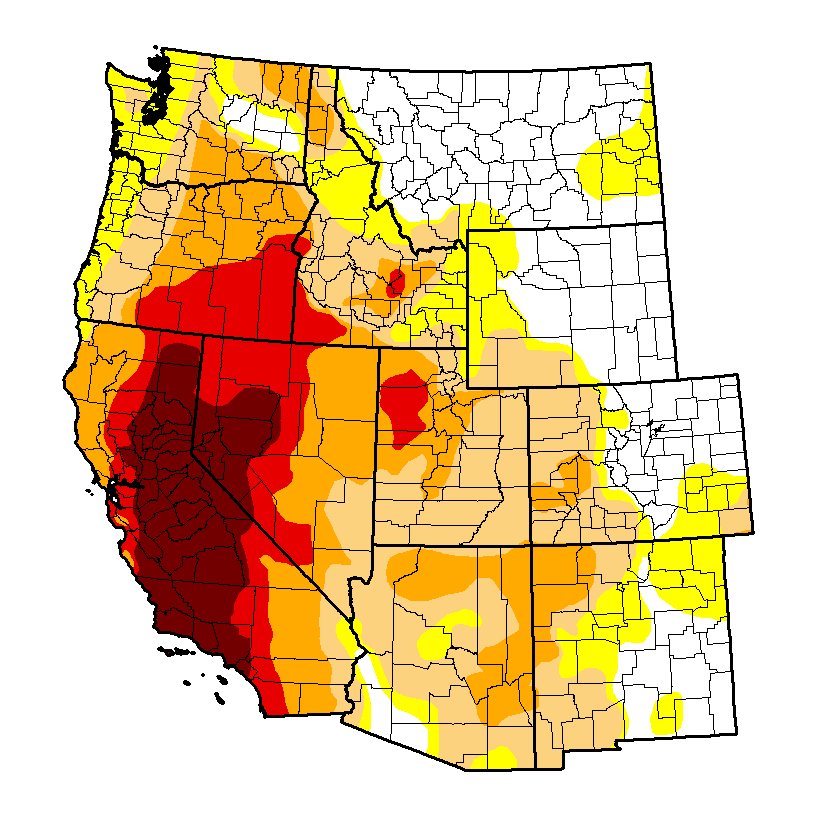The top stories of the day were about gun violence: Civil rights activist Vernon Jordan was recuperating from an assassination attempt. And Yankees’ star Reggie Jackson had ducked gunshots in a spat over a parking spot.
It was June 1, 1980. Day 1 at CNN. The lineup of stories sounded themes that seem familiar today:
An exclusive interview with the president (Jimmy Carter), a story about Mount St. Helen’s rumblings, an airplane warning (faulty fuel gauges), and the future of oil prices.
The husband and wife anchor team who opened the newscast got right to the point when the new network began at 6 p.m.
“Good evening. I’m David Walker.”
“And I’m Lois Hart. Now here’s the news,” Hart said.
There was an air of earnestness and excitement. At the end of the first hour, Hart looked into the camera and, with a slight smile and a verbal stumble, said: “Stay with us. We’re going to have all kinds of news, sports and specials, now and forever.”
Some stories that day had enormous significance, including the piece on the upcoming Super Tuesday primaries that would be crucial in Ted Kennedy’s historic effort to wrest the Democratic Party’s nomination from President Carter.
Others were poignant. The mother of a man about to be executed was stoic about her son’s fate. Sitting on the couch with her was the doomed man’s teenage son.
The child star who played Timmy on the TV show “Lassie” was busted on cocaine charges. Porn star Linda Lovelace joined feminists in urging theaters to boycott her latest X-rated production.
And while today Hollywood is eagerly awaiting the seventh Star Wars movie to be released, several minutes were spent on CNN’s first day reviewing “The Empire Strikes Back,” the second jedi film.
There are some things about that debut CNN newscast that are as dated as leg warmers or women’s shoulder pads. The anchors spent a lot of time looking down at their desks to read the news off sheets of paper since they weren’t using teleprompters. The reporters referred to the network as “Cable News” instead of CNN. And it was all done to a heavy thump-thump-thump of a news teletype background noise. To today’s ear, it sounded like there was a jackhammer in the studio.
For veteran news junkies, there are the names: correspondents Daniel Schorr, Bernard Shaw, Don Farmer and Barry Cunningham. The weatherman on that first show was appropriately named Dallas Raines.
Among the firsts that evening was Jay Bushinsky with the the network’s “first live satellite transmission.” He was reporting from Jerusalem on the Israeli Prime Minister Menachem Began’s political problems.
A less bragworthy first came 16 minutes into CNN’s existence when correspondent Mary Alice Williams’ live report was abruptly cut off by an apparent technical glitch as she described how shots had been fired at Reggie Jackson during a Manhattan parking dispute.
Jackson, who was unharmed in the shooting, wasn’t the only sports figure in the news that day. Genuine Risk, the filly that had won the Kentucky Derby and ran second in the Preakness, rated a 10 minute report evaluating her chances in the Belmont Stakes. The filly finished second days later.
The longest piece of the day, however, was the studio tour of CNN’s brand new facility, a 14 minute opus that showed how news was gathered and how film was collected and coordinated with the written stories. It also featured a quick hello from bureau chiefs around the country, including the Dallas chief who had to speak over the clatter of two electric typewriters behind him.
After Washington bureau chief Bernard Shaw promised aggressive coverage of what he called “the news capital of the world,” he added, “You can depend on us being here all the time. And please, pass the word.”
— Watch Wolf Blitzer host “CNN Special Report: Breaking News: 35 Years of CNN” at 9 p.m. ET/PT Monday.



